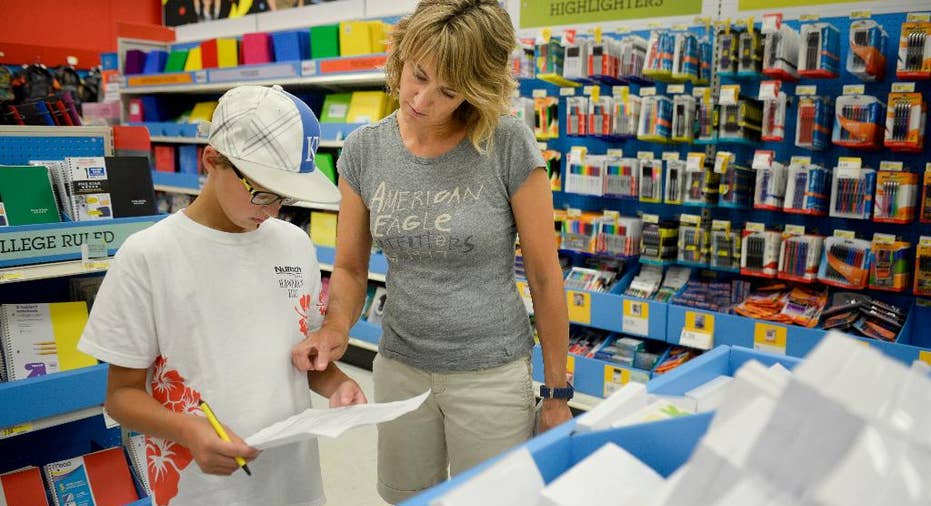Back-to-School shopping seen reaching 17% of total retail sales for 2017

School might be out for the summer, but some parents may are already be thinking about what supplies they’ll send their children back to school with next term and where they’ll be making those purchases.
Retail sales during the much-anticipated back-to-school shopping season of July and August are expected to grow 4% to $857.18 billion from last year’s record-breaking levels, according to data released by research firm eMarketer on Tuesday.
While Walmart (NYSE:WMT), Target (NYSE:TGT), and other big-box retailers have in the past been destinations for parents shopping for the latest on-trend folders and backpacks, eMarketer expects e-commerce platforms to continue gaining market share as older students head online before going back to the classroom. It projects e-commerce will grow 14.8% to $74.02 billion, representing about 8.6% of total retail sales during the back-to-school season.
“Younger consumers that shop in preparation for going back to high school and college actually prefer shopping online, so e-commerce growth should continue for the foreseeable future,” said eMarketer senior analyst Yory Wumser in a statement.
A pick-up in sales of apparel and accessories, books and video, computers and electronics, office equipment and sporting goods items are all expected to be areas of increased interest during the season.
At the beginning of the 2016 cycle, the National Retail Federation categorized the back-to-school season as one in which families would “stock up” on more new items rather than “make do” with reused supplies from the previous school year. However, by mid-August, families with children enrolled in kindergarten through 12 grade had only checked off about half of the items on their lists. NRF President and CEO Matthew Shay said then the delay in completing shopping to-dos was a result of consumers wanting to take advantage of last-minute deals as retailers brought in new fall merchandise.
That trend helps illustrate the way Great Recession-scarred consumers have become conditioned to expect sales and deep discounts. In the midst of the shopping season last year, 48% of surveyed parents said they were influenced by coupons, up five percentage points from the prior year, while others said they planned to take advantage of in-store promotions and advertising inserts, and 53% said they would head to discount stores to finish prepping for the new school year.
E-commerce giants like Amazon (NASDAQ:AMZN) have increasingly become go-to destinations for shoppers wanting to find the best deals on everything from the latest gadgets to home goods and even apparel. The move online has, in recent years, pressured traditional bricks-and-mortar stores as they offer deeper discounts – often resulting in thinner margins – to better compete with nimble online giants.